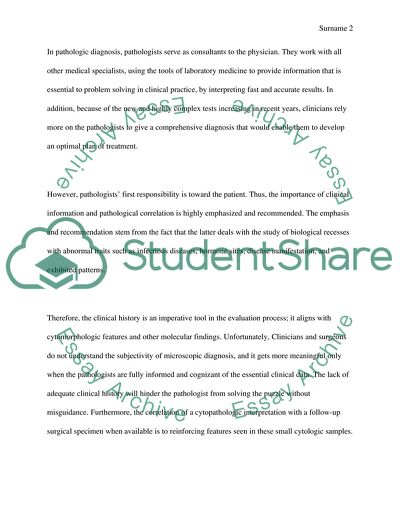Cite this document
(“The creation of Clinical pathologic coorelation Research Paper”, n.d.)
The creation of Clinical pathologic coorelation Research Paper. Retrieved from https://studentshare.org/health-sciences-medicine/1692335-the-creation-of-clinical-pathologic-coorelation
The creation of Clinical pathologic coorelation Research Paper. Retrieved from https://studentshare.org/health-sciences-medicine/1692335-the-creation-of-clinical-pathologic-coorelation
(The Creation of Clinical Pathologic Coorelation Research Paper)
The Creation of Clinical Pathologic Coorelation Research Paper. https://studentshare.org/health-sciences-medicine/1692335-the-creation-of-clinical-pathologic-coorelation.
The Creation of Clinical Pathologic Coorelation Research Paper. https://studentshare.org/health-sciences-medicine/1692335-the-creation-of-clinical-pathologic-coorelation.
“The Creation of Clinical Pathologic Coorelation Research Paper”, n.d. https://studentshare.org/health-sciences-medicine/1692335-the-creation-of-clinical-pathologic-coorelation.


